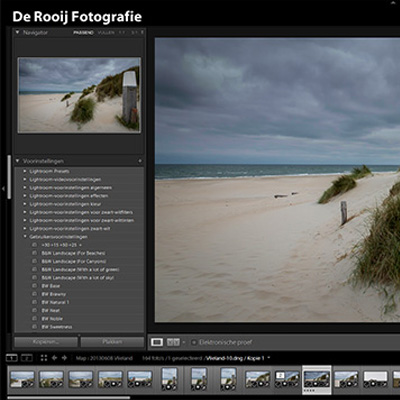RAW vs. JPEG: Which Format is Best for Your Photos?
In the world of digital photography, there are two popular file formats that photographers use to capture and save their images: RAW and JPEG. Each format has its own advantages and disadvantages, and understanding the differences between them is essential for any photographer. In this article, we will delve into the intricacies of RAW and JPEG formats, exploring their features, benefits, and use cases.
What is RAW?
RAW is a file format that captures all the data recorded by the camera’s sensor without any processing or compression. It is akin to a digital negative, containing every detail and nuance captured during the image capture process. Unlike JPEG, RAW files are not processed in-camera and require specialized software to be converted into viewable images.
Advantages of RAW
One of the major advantages of shooting in RAW is the flexibility it offers during post-processing. Since RAW files retain all the data, photographers have greater control over adjusting exposure, white balance, and other parameters without sacrificing image quality. Additionally, RAW format allows for non-destructive editing, meaning you can revert back to the original image at any time.
Drawbacks of RAW
However, RAW files come with their own set of drawbacks. Firstly, they require more storage space compared to JPEG files due to their larger size. Moreover, RAW files need to be processed before they can be shared or printed, adding an extra step to the workflow. Additionally, shooting in RAW may lead to slower burst rates and longer buffer clearing times, limiting the number of continuous shots you can capture.
What is JPEG?
JPEG, short for Joint Photographic Experts Group, is a widely used file format that employs lossy compression to reduce file size. When a photo is saved as a JPEG, some data is discarded, resulting in a smaller file size but also a loss of image quality. Unlike RAW, JPEG files are ready to be viewed and shared straight out of the camera.
Advantages of JPEG
The main advantage of shooting in JPEG is the convenience it offers. JPEG files are instantly viewable, making them ideal for quick sharing on social media platforms or printing directly from the camera. Additionally, JPEG files are smaller in size, allowing you to store more images on your memory card and computer.
Drawbacks of JPEG
However, the compressed nature of JPEG files comes with a trade-off. Since some data is discarded during compression, JPEG images are less flexible in terms of post-processing. Adjusting exposure and white balance in JPEG files can lead to a loss of image quality, commonly known as “JPEG artifacts.” Furthermore, repeatedly saving a JPEG file can result in further degradation of image quality.
Choosing the Right Format
When deciding between RAW and JPEG, consider your specific needs and preferences. If you prioritize image quality and have the time and software to process RAW files, shooting in RAW is recommended. On the other hand, if convenience and immediate sharing are more important, shooting in JPEG might be the better choice.
Conclusion
In conclusion, the choice between RAW and JPEG depends on various factors such as the intended use of the image, desired level of control in post-processing, and available storage space. Both formats have their own advantages and drawbacks, and ultimately, it is up to the photographer to decide which format suits their needs best.
Frequently Asked Questions
1. Can I convert a JPEG image to RAW?
No, it is not possible to convert a JPEG image to RAW. RAW files contain all the data captured by the camera’s sensor, while JPEG files discard some data during compression. Once the data is lost, it cannot be recovered.
2. Which format is better for professional photography?
For professional photography, shooting in RAW is generally preferred. RAW files offer greater flexibility in post-processing and allow for more precise adjustments. However, it also requires more storage space and additional processing time.
3. Can I shoot in both RAW and JPEG simultaneously?
Many cameras offer the option to save images in both RAW and JPEG formats simultaneously. This allows photographers to have the convenience of JPEG files for quick sharing while retaining the flexibility of RAW files for future editing.
4. How do I choose the appropriate image quality settings for JPEG?
Most cameras provide options for choosing the image quality settings for JPEG files. It is recommended to choose the highest quality setting available to minimize compression artifacts and preserve image detail.
5. Are RAW files universally compatible with image editing software?
RAW files are proprietary to each camera brand and may not be universally compatible with all image editing software. However, most popular editing programs support a wide range of RAW formats, ensuring compatibility with the majority of cameras.
Remember, choosing the right file format depends on your specific requirements and preferences. Whether you opt for RAW or JPEG, it’s crucial to understand the strengths and limitations of each format to make informed decisions about your photography workflow.
